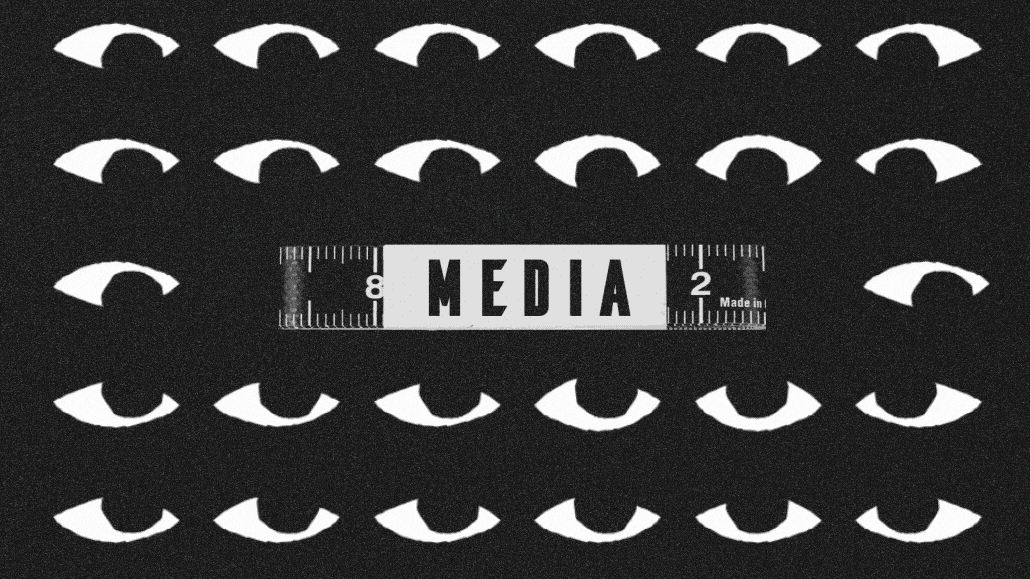Insights from CTV leaders at Dentsu, Horizon Media and more
Inside The New York Times’ plans to correlate attention levels to other metrics

As a Digiday+ member, you were able to access this article early through the Digiday+ Story Preview email. See other exclusives or manage your account.This article was provided as an exclusive preview for Digiday+ members, who were able to access it early. Check out the other features included with Digiday+ to help you stay ahead
There’s a lot of buzz around attention advertising right now, but The New York Times is trying to stay grounded even as it develops its own plans.
Those plans include its proprietary attention metric, launched last year, and a recent partnership with measurement firm Adelaide announced last month.
Of the two, the partnership with Adelaide is particularly revealing.
It gives the Times access to a suite of tools for measuring attention that have far more reach than its own. These include inventory quality assessment and automated campaign insights, as well as Adelaide’s AU metric, which uses signals like eye-tracking and exposure data to gauge whether readers are paying attention to ads.
For now, the focus will be on the AU metric, which will be used in tandem with what the Times has already built, rather than replace it.
“Really this is about looking at things in combination,” said Gabriel Dorosz, executive director of audience strategy and insights at The New York Times.
He said he believes this is the only way the Times can properly advise marketers on how to best command the attention of its readers: by encouraging them to think about attention in a more nuanced way — one that correlates attention levels with other metrics like viewability, CTR and the Times’ own attention metric, Active Average Viewable Time, alongside insights from neuro research and brand lift studies.
“We’re giving advertisers a way to look at what is the quantity and quality of attention that audiences bring to The Times environment when they’re served ads,” said Dorosz.
All of this is to say it’s really about using attention for measurement. After all, there’s no point trying to buy against a metric like that if you can’t measure it. If everything goes to plan, marketers should be able to do just that at a campaign level at some point over the summer. So far, the Times has been working with Adelaide to score its ad inventory against the AU metric to understand its market value.
“We’re a premium choice already so the question we have to be able to always answer is ‘are we expensive or are we undervalued?,’” said Dorosz. “What we’re doing with Adeleaide will help us tell a fuller story around a proposition like that.”
This isn’t a new thing for publishers, he continued. Publishers like the Times have been doing this since the advent of online advertising. However, it’s fair to say that those efforts haven’t always accurately captured the value of the attention, given they’re often rooted in blunt proxies for attention like impressions and click-through rates. If anything, they’ve done the complete opposite.
Looking ahead, Dorosz said he sees attention metrics as a way to help right some of those wrongs. At the very least, it might get advertisers to think more critically about how they measure the impact their ads are having, he added.
Take awareness, for instance.
In the Times’ case, it’s better to think of this as a result of cumulative attention, not generating high, immediate interest, Dorosz continued. So, attention being measured in short bursts with repeated exposures or over a longer, single instance. He concluded: “What we’re doing here is looking at the data in combination to say ‘this plus this’ is likely to drive you to that outcome.”
Perspectives like this aren’t uncommon among publisher circles. The Financial Times was talking about something similar nine years ago. For various reasons, it never properly took off. This time, the outcome could be different for one big reason: the industry’s growing acceptance and need for more accurate attention metrics. And all it took was the prospect of third-party cookies disappearing from the Chrome browser for this idea to start gaining traction with many marketers.
What the Times is doing is about signals in more ways than one. It’s about helping advertisers make sense of the available signals in the absence of third-party cookies in Chrome. But it’s also about sending a message to the market: One of the most influential media owners in the open web is putting a stake in the ground when it comes to attention.
“We’ll definitely see more usage of these methods as they provide a more accurate view on how the ad impressions are seen. It’s great to see publishers lean into this,” said Wayne Blodwell, founder and CEO of Impact Media, an AI powered attention platform.
More in Media

Ad Tech Briefing: The ‘plumbers’ posing as the unlikely saviors of the internet
After several false dawns, can Cloudflare’s ‘anti-AI scraping tool’ finally offer publishers a road to commercial redemption?

Generative AI, not ad tech, is the new antitrust battleground for Google
Global regulatory scrutiny is shifting from Google’s ad tech and search dominance to generative AI, as they aim to address the most pressing threats to publisher business models.

Yahoo takes cues from platforms as it offers more editorial control to creators
Through its creator program, Yahoo is evolving from its roots as a content aggregator and editorial publisher to more of a distribution platform for individual creators.








